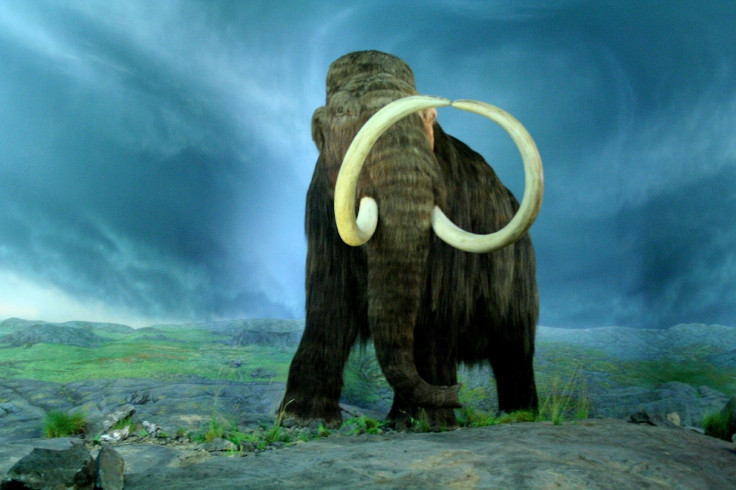Ancient mammoths and mastodons survived the changing environment because of inter species breeding
Cross breeding led to ancient elephants adapting and surviving in different regions across the world over time.

Scientists have found that ancient mammoths and mastodons were able to survive in such a wide variety of environments and adapt to their surroundings due to cross breeding.
A report published by scientists from McMaster, the Broad Institute of MIT and Harvard, Harvard Medical School, Uppsala University, and the University of Potsdam in the Proceedings of the National Academy of Science, found that ancient elephant species practised widespread interbreeding.
"Interbreeding may help explain why mammoths were so successful over such diverse environments and for such a long time, importantly this genomic data also tells us that biology is messy and that evolution doesn't happen in an organized, linear fashion," says evolutionary geneticist Hendrik Poinar, one of the senior authors on the paper, reports Phys.org.
The team of researchers reportedly sequenced the genomes of 14 different species of elephants – both living and extinct from Asia and Africa, as well as two American mastodons, a 120,000-year-old straight-tusked elephant, and a Columbian mammoth, notes the report.
"The combined analysis of genome-wide data from all these ancient elephants and mastodons has raised the curtain on elephant population history, revealing complexity that we were simply not aware of before," says Poinar.
The evolution of modern day pachyderms is quite complicated, the researchers say. Their analysis found that ancient straight-tusked elephants, for example, shared genes with ancient African elephants, present day forest elephants as well as the woolly mammoth. These creatures roamed Europe between 780,000 and 50,000 years ago.
Interbreeding was also found within Columbian and woolly mammoths. Researchers have concluded that the woolly and Columbian mammoths encountered each other in the boundary of where the glacial regions and the more temperate parts of North America.
However, there is no interbreeding found among two of the three remaining elephant species on Earth, the study has found. The forest and Savannah elephants, in spite of the fact that they live in neighbouring habitats have managed to isolate themselves almost entirely for over 500,000 years. They came from a common ancestor about two million to five million years ago, but now do not like to mix.
They evolved independent of each other over time and scientists are debating on whether they are two completely different species, says said David Reich, another co-senior author from Harvard.
"Our data show that these two species have been isolated for long periods of time- making each worthy of independent conservation status."
The study is published in the journal Proceedings of the National Academy of Science.





















